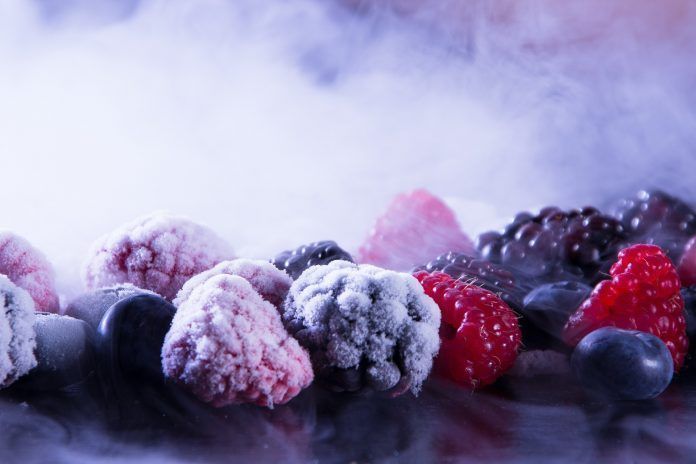
What is Mission Health food cryogenics
What is food cryogenics ?
Food is a perishable product by nature. They require processing or preservation techniques to increase the shelf life. Cryogenics is a branch of engineering in which cryogen production and maintenance of low temperature technologies are studied.
One such cryogen, liquid nitrogen, has enormous potential for use as a refrigerant. Food cryogenics is an effective solution for food preservation.
In fact, cryogenics has many purposes, including freezing foodstuffs. There are two standard methods of freezing food on an industrial scale. One is mechanical, and the other is cryogenics.
Better understanding of mechanical freezing
The mechanical method uses a chemical refrigerant such as ammonia, which operates in a closed cycle. The system moves large volumes of air to freeze the product. It cools the air like a refrigerator, but is industrial sized with a little more grunt in its motor.
Operating costs are strictly dependent on the price of electricity.
It will also require a high capital investment for the equipment. The mechanical freezing system offers little operating flexibility, as you essentially define your set points. It also takes time to set up such a system and a lot of maintenance is required to keep the system in good working order.
How a cryogenic system works
A cryogenic system is different. It uses liquid nitrogen to freeze food. It is in direct contact with the product in the form of liquid nitrogen droplets or solid carbon dioxide particles.
Cryogenic freezing requires a lower initial investment because the equipment is smaller.
The application of cryogenics in various aspects of food processing and preservation is opening up a new era of refrigeration. Ultra fast freezing is the best of all known freezing techniques. Cryogenics can easily meet this requirement. This technique can also be used for the transport of frozen foods.
Several methods have been developed and are real alternatives to mechanical refrigeration techniques.
The advantages of this technique
This solution offers many advantages. Whether you are a small artisan producer or a large company, the price of a mechanical freezing system can be very high. However, it is quite possible to rent a cryogenic freezer.
Thus, after a small installation cost, overhead costs can remain consistent and be easily recouped through the increased production offered by cryogenics.
In addition, the liquid nitrogen used in a cryogenic system is significantly colder, which means that refrigeration time is significantly reduced. Faster freezing equates to increased throughput, not only is it more efficient, but it also provides significant capacity for business growth. In the food industry, flexibility is essential to manage seasonality and change throughput based on market demand.
With temperature controls, cryogenic systems can not only match throughput to production planning, but also support testing and new product development. Finally, with up to 3% of hydration lost through mechanical freezing, frozen foods had lost quality. However, thanks to rapid freezing from liquid nitrogen, only about 0.5% of the hydration is lost through cryogenics, which means that the freshness and quality of the food is retained.
Is food cryogenics right for you?
The popularity of frozen foods is on the rise, partly due to technological advances, but also due to a cultural shift towards reducing food waste. And contrary to popular belief, it is possible to preserve food efficiently without deteriorating its quality and taste. It is not surprising that luxury and artisanal brands capitalize on the benefits of cryogenic freezing to ensure the quality of their products.
In addition, major manufacturers use this technology to adapt their operations and test new products at a lower cost. It is one of the simplest, most practical and most widespread methods to preserve food. It protects the quality of food at a competitive price.

